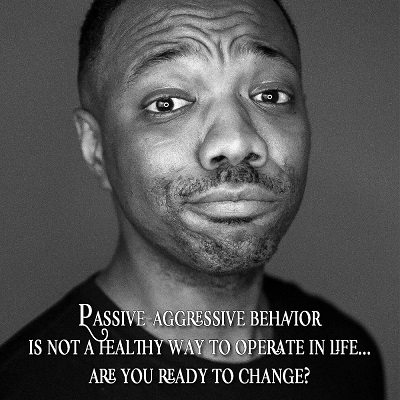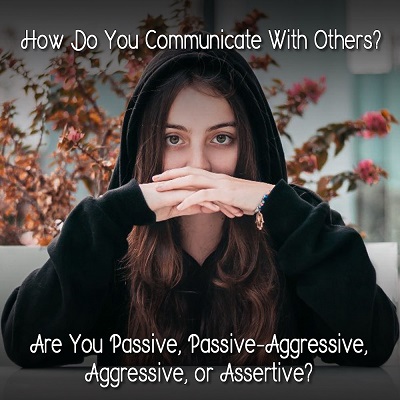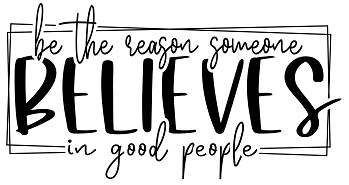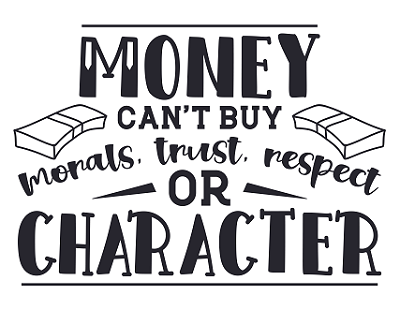Aggression
 We all react differently to various situations thrown our way. Passive-aggressive behavior is characterized by indirect resistance or malicious compliance. There is potentially a difference in what is said or how others are responded to, compared to how the person really feels. The passive-aggressive may appear distant or dishonest within close relationships because it can be hard to trust them and their emotions.
We all react differently to various situations thrown our way. Passive-aggressive behavior is characterized by indirect resistance or malicious compliance. There is potentially a difference in what is said or how others are responded to, compared to how the person really feels. The passive-aggressive may appear distant or dishonest within close relationships because it can be hard to trust them and their emotions.
If you are a passive-aggressive person, you may have learned this behavior from your parents. It could also be a defense mechanism that you have learned to protect yourself from others and unresolved relationship issues. For example, you may fear expressing emotions or fear confrontation because of a toxic partner.
Regardless of how common this behavior is, passive-aggressive behavior is not a healthy way to operate in life. Continue reading
 The ability to communicate is one of life’s skills. Our choice of words, tone, and how we express the things we want to say all reflect our distinct communication style. All of us have different communication styles, and we all have a consistent communication style that is unique to us.
The ability to communicate is one of life’s skills. Our choice of words, tone, and how we express the things we want to say all reflect our distinct communication style. All of us have different communication styles, and we all have a consistent communication style that is unique to us.
This is why it is natural to talk to other people and find we disagree with what they say sometimes. It is also common to enter into conflict with another person because of a communication gap.
There are four main communication styles. They are passive, passive-aggressive, aggressive, or assertive. The style by which we communicate predominantly is also linked to how we relate and deal with conflict.
To get the most understanding out of our own unique communication style, understanding the four different communication styles is important. So which one are you? Continue reading





